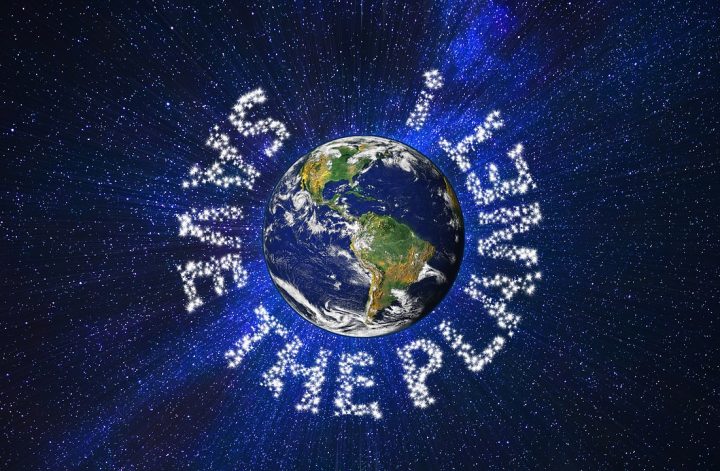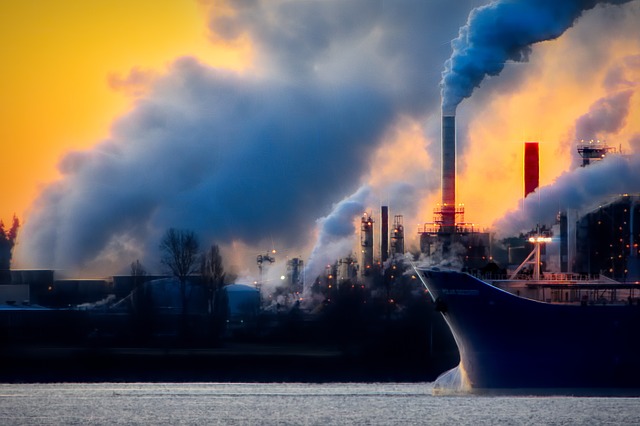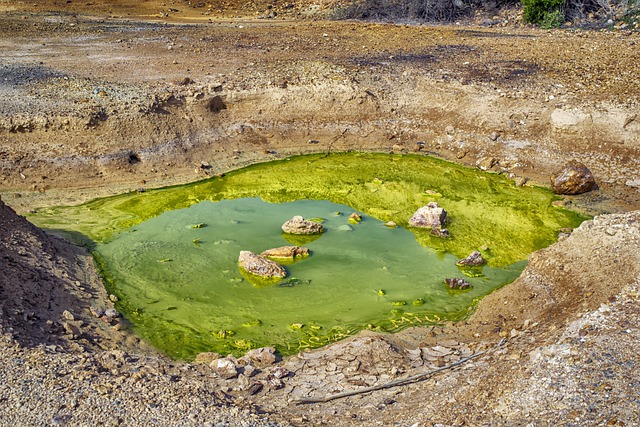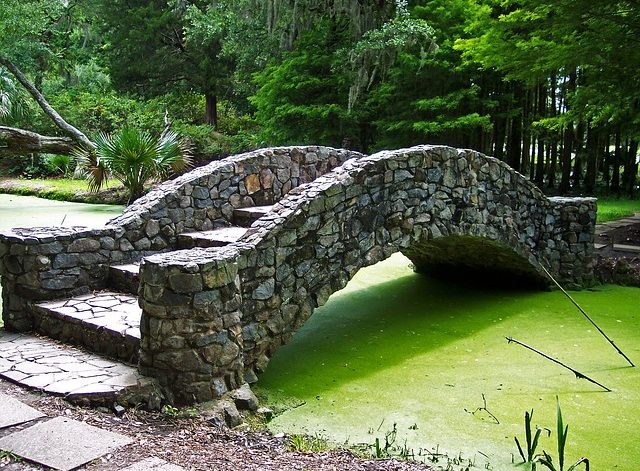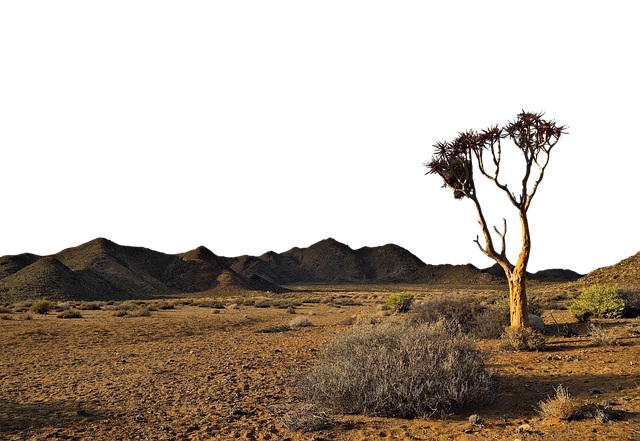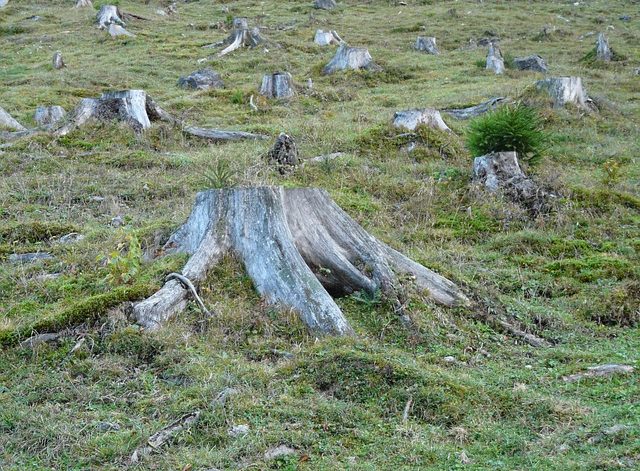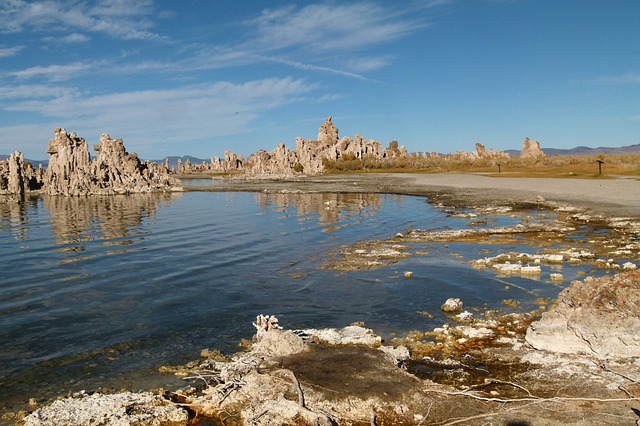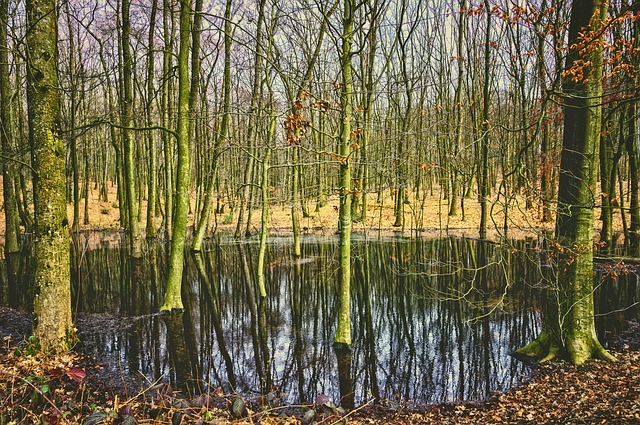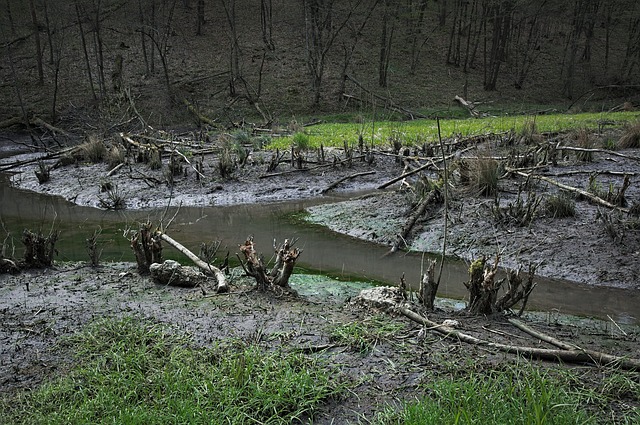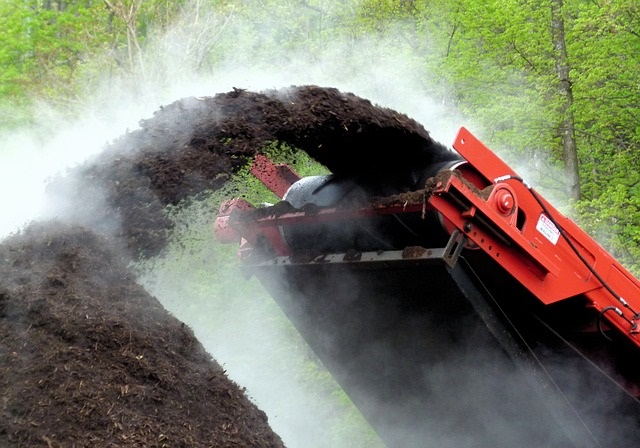Everything that is around us makes up our environment, but sadly, our environment has been degrading over the past few decades. This is not only depressing but also very harmful for our physical health. Environmental degradation leads to degradation of the quality of life of human beings. There are a lot of different environmental problems […]
Global Warming – Causes, Effects, and Solutions
INTRODUCTION Global Warming: It is defined as the abrupt rise in the overall temperature of the Earth’s atmosphere. This situation is generally characterized as greenhouse effects. Greenhouse Gases: The radiations are absorbed by greenhouse gases that in return emitted in the thermal infrared range. The greenhouse gases are methane, carbon dioxide, water vapors, nitrous oxide, […]
Types of Bioremediation and Their Advantages and Disadvantages
INTRODUCTION Bioremediation: Bioremediation is a combination of two words that are bio and remediation. It is defined as a technique in which living organisms are used for the removal of different types of toxins, pollutants, and contaminants from water, soil, etc. Bioremediation is associated with biotechnology. The impacts of environmental disasters can be reduced by […]
Eutrophication – Causes, Effects, and Solutions
INTRODUCTION Eutrophication: It is defined as a process that results in a dense growth of plants such as algae due to increasing concentration of nutrients in water bodies i.e. lakes, estuaries, etc. A low concentration of nutrients in a water body is classified as Oligotrophic. A high concentration of nutrients in a water body is […]
Desertification – Causes, Effects, and Solutions
INTRODUCTION Desertification: It is defined as the conversion of productive/fertile land into unproductive or desert by series of processes. It is further classified as a land subjected to degradation by natural or anthropogenic processes. The productive land becomes more susceptible to aridity. Water becomes scarce in arid regions and hinders crop production. Also read our […]
Deforestation – Causes, Effects, and Solutions
INTRODUCTION Deforestation: It is defined as permanently cutting trees and clearing forest areas for land use purposes. The cleared area is then used for housing schemes, industries, farms, etc. CAUSES OF DEFORESTATION The causes of deforestation are listed below. Also, check out deforestation in Pakistan. Logging for firewood: Trees are cut for firewood. Many people […]
Waterlogging and Salinity in Pakistan
INTRODUCTION Waterlogging and salinity are among the major issues Pakistan is facing since irrigation development in Indus River Basin. There are various methods being adopted in Sindh and Punjab to deal with these issues including excess irrigation that leads to leaching of salts, utilizing physical and biological methods including chemical amendments, and establishing tube wells […]
Waterlogging – Causes, Effects, and Solutions
INTRODUCTION Waterlogging: It is defined as water-saturated soil commonly known as waterlogged. The waterlogging conditions are further described as an excessive amount of water present in the soil that restricts airflow/gaseous exchange into it and results in an anaerobic situation. Also check out another related topic: Salinity – Types, Causes, Effects, and Solutions CAUSES OF […]
Salinity – Types, Causes, Effects, and Solutions
INTRODUCTION Salinity: It is defined as the quantity of soluble salt in a water body or saltiness of a water body. Soil Salinity: It is defined as the concentration of salt in the soil. Salinization: The rising concentration of salt in the soil is called salinization. Common Salts: The common salts that trigger the process […]
Solid Waste Management Techniques
INTRODUCTION Solid Waste Management: Solid waste management is a process of actions and activities that are employed to manage waste that is being produced from various sources. It includes all actions from the collection, transportation, to the final disposal of waste. For more info about solid waste, check out: Solid waste – types, sources, and […]

